Jalapeno Pepper Seeds
Stuff them, dry them, make sauce from them, smoke them, pickle them, use as a topping on all sorts of food – or as an integral part of salsa. This is the classic variety – a stoic staple pepper in any kitchen. Even the extreme pepper-heads can never have too many jalapenos. I grow more bell and jalapens than any other pepper because no matter what, someone will gladly take a large bag of the more mild fruit. Talk about spreading goodwill!
Uses:
- Stuffed
- Cowboy Candy
- Pickled
- Fresh on nachos or salsa
- Cream Cheese blend, spread on burgers or chicken sandwiches
That barebones list just barely scratches the number of things one can do with this pepper.
Which is hotter red or green?
Misconceptions run wild with peppers. Most folks know red and green fruit come from the same plant. Green peppers are the immature versions. With this particular chili, the fruit is typically eaten when green/unripe. The heat level is slightly more mild, the pepper more crunchy, and has a more of a vegetive taste. Commercial and home growers alike have a good reason to pick the unripe peppers: The fruit takes a long time to ripen to full red color. Picking immature fruit encourages the plant to increase production. Afterall, the pepper does not care about you, it only wants to reproduce and give the word red ripe peppers… with viable seeds.
Red, fully ripe peppers tend to be slightly warmer as they have had more time to produce capsaicin. As well, ripe peppers have more sweetness. Not commonly found in grocery stores, there are still plenty of commercial and home based uses for the red fruit. The highly popular siracha sauce is made of the red fruit. When dried and smoked, the mature pepper’s name changes to chipotle.
Why are the peppers no longer hot?
The average heat is in the 4000 SHU range, plus or minus roughly 2000. I blame Texas A&M. IYKYK. Remember the talk of misconceptions? If a particular fruit is not hot, it is not because your plant cross pollinated with the heatless bell or Trinidad Perfume growing next to it. Cross pollination is only an issue if the seeds of the cross pollinated fruit are planted. The f2 plant is likely to show any dominant or codominant traits from the parents. So why is my pepper so mild or so blazing hot?
Scoville ratings will change based on growing conditions
Isolated seed stock as of 2025
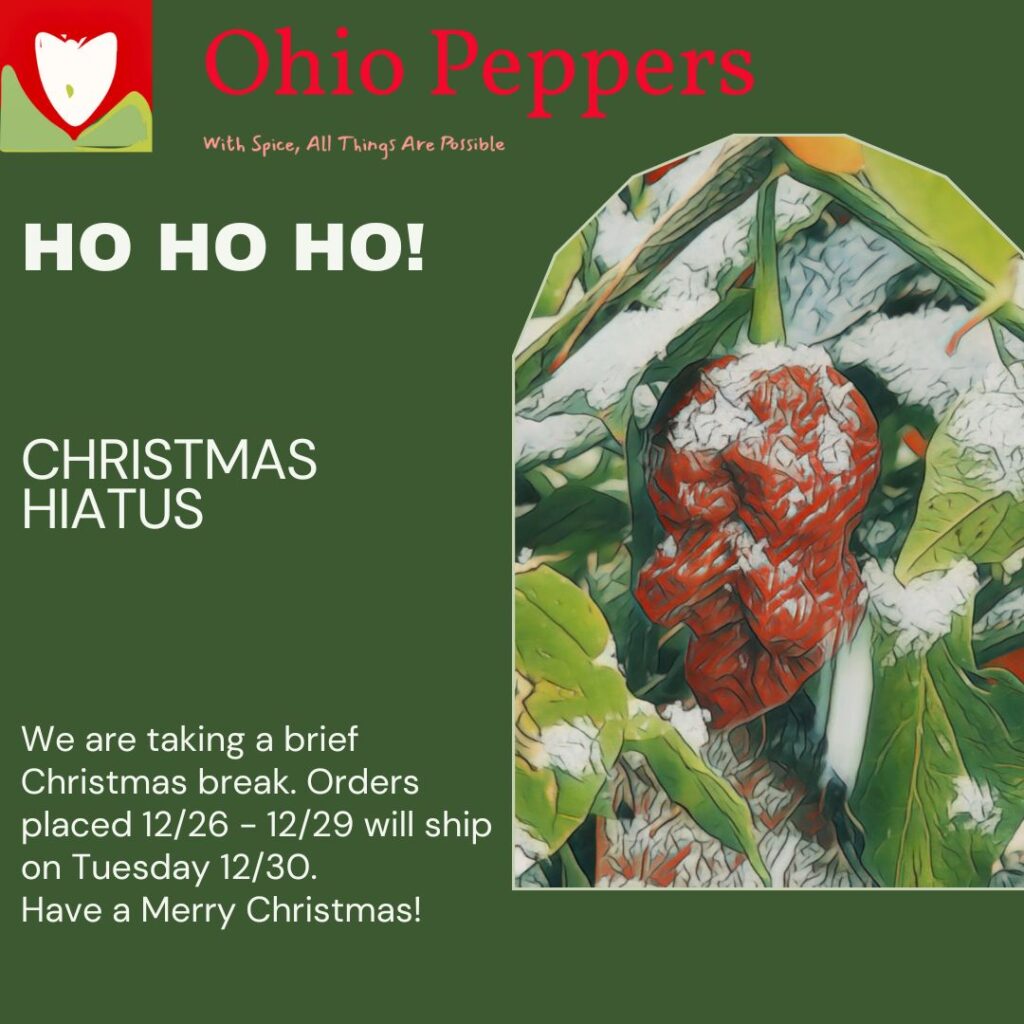
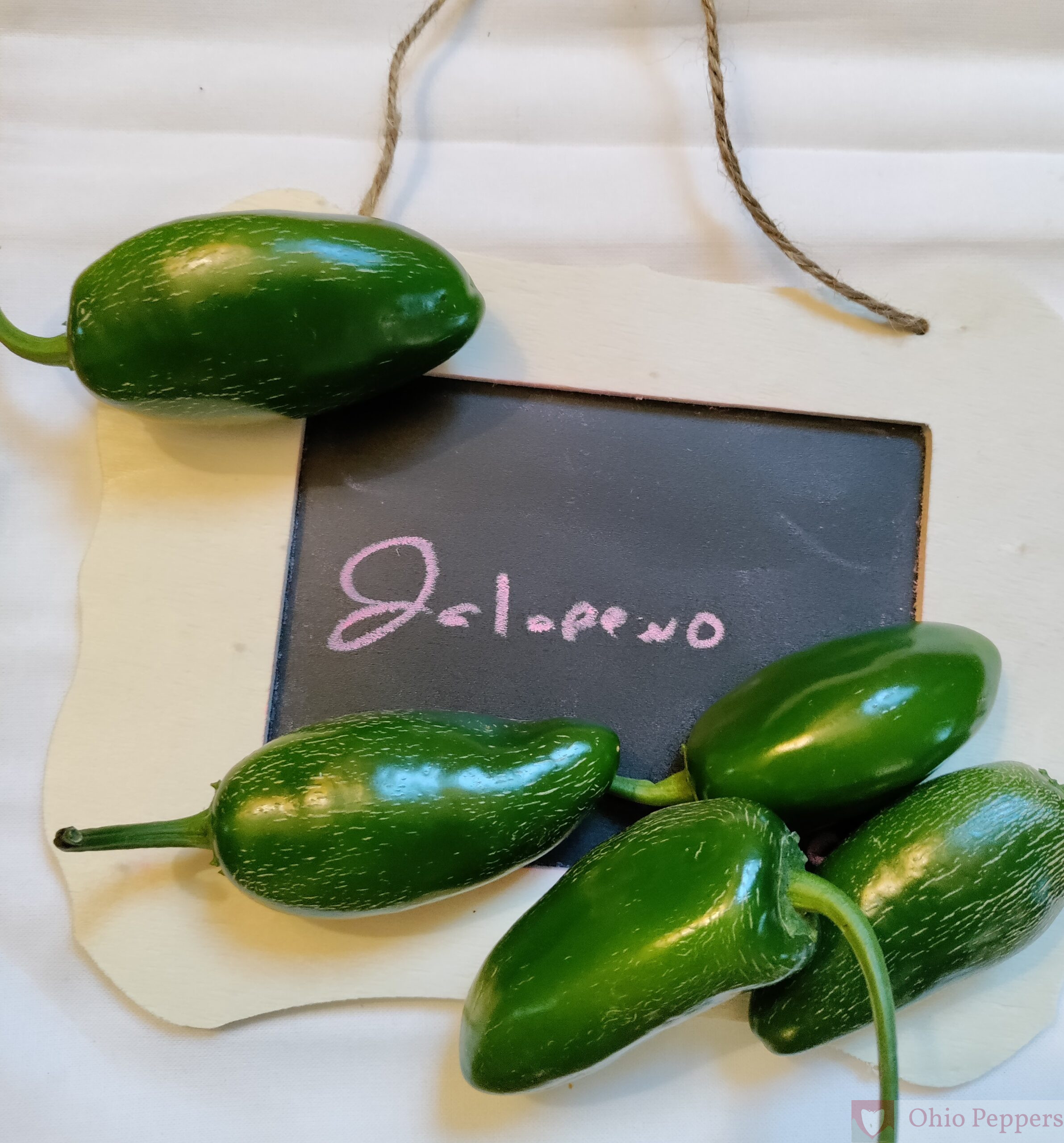




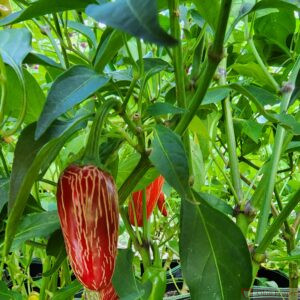
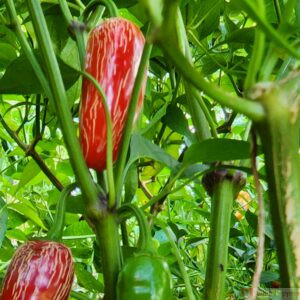
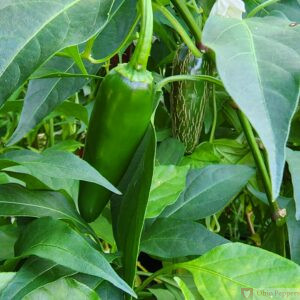
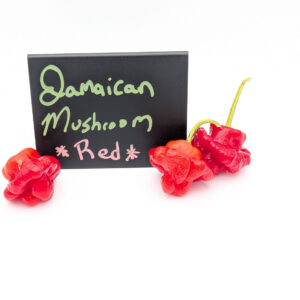



Reviews
There are no reviews yet